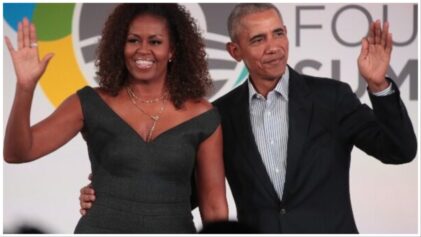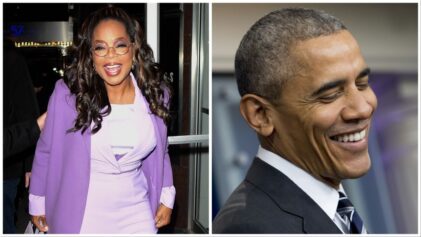If you want to get ahead in the world, you should marry outside of your race.
That’s according to writer Stephen Marche, who made this case in a provocative essay on Esquire.com that attempts to demonstrate that race-mixing is the key to America’s future. Marche points to a collection of statistics that show mixed-race couples—particularly white and Asian couplings—are wealthier and better-educated than their same-race equivalents.
“Biraciality has become a signifier of currency and prosperity,” Marche writes, as evidence listing a few powerful white men who have Asian women as partners—Mark Zuckerberg, Rupert Murdoch and George Soros.
While his argument is compelling, Marche’s reasoning suffers dramatically from the chicken-egg question: Does taking a partner outside of your race somehow magically bring great wealth your way, or do women—particularly Asian women—become more interested in men outside of their race after they become wealthy?
Marche is pleased that the status of mixed-race Americans has significantly improved from their previous condition of being outcasts, not fully accepted by either one of the races to which they might belong. Marche uses statistics that illustrate the dramatic rise interracial marriages in recent years—from less than 7 percent in 1980 to more than 15 percent in 2010.
“Fifteen years ago, the bookstores were full of memoirs about the profound alienation of living as a mixed-race person in America,” Marche writes. “There was The Color of Water and Life on the Color Line and a dozen others that crammed the best-seller lists. One of those writers even went on to become president of the United States. Now the percentage of Americans who feel that the rise of intermarriage has been a change for the better is 43 percent, with the number increasing to 61 percent for the under thirties.”
According to Marche, the increase in mixed-race children is “living proof of the postracial and even postnational state that we are morphing into at an ever faster rate.”
“The president, as a physical presence, is a symbol of mongrel hope. But he’s far from the only such symbol,” Marche says in his piece. “Which Bush do you think has a better chance of showing up on a Republican ticket in 2032 — one of the sorority-approved white-girl twins or the Navy veteran half-Mexican-American son of a governor who took 60 percent of the Hispanic vote in Florida? The number of people identifying themselves as belonging to more than one race jumped 32 percent over the past decade. The number identifying themselves as both black and white rose by a staggering 134 percent. That rise isn’t so much attributable to the rise of mixed-race people as it is to the number of people who choose to identify themselves as such. Biraciality is a desirable status. They know they are the future.”
But while he trumpeted the rise in mixed-race status, Marche also acknowledged that racism in America was still a corrosive force.


